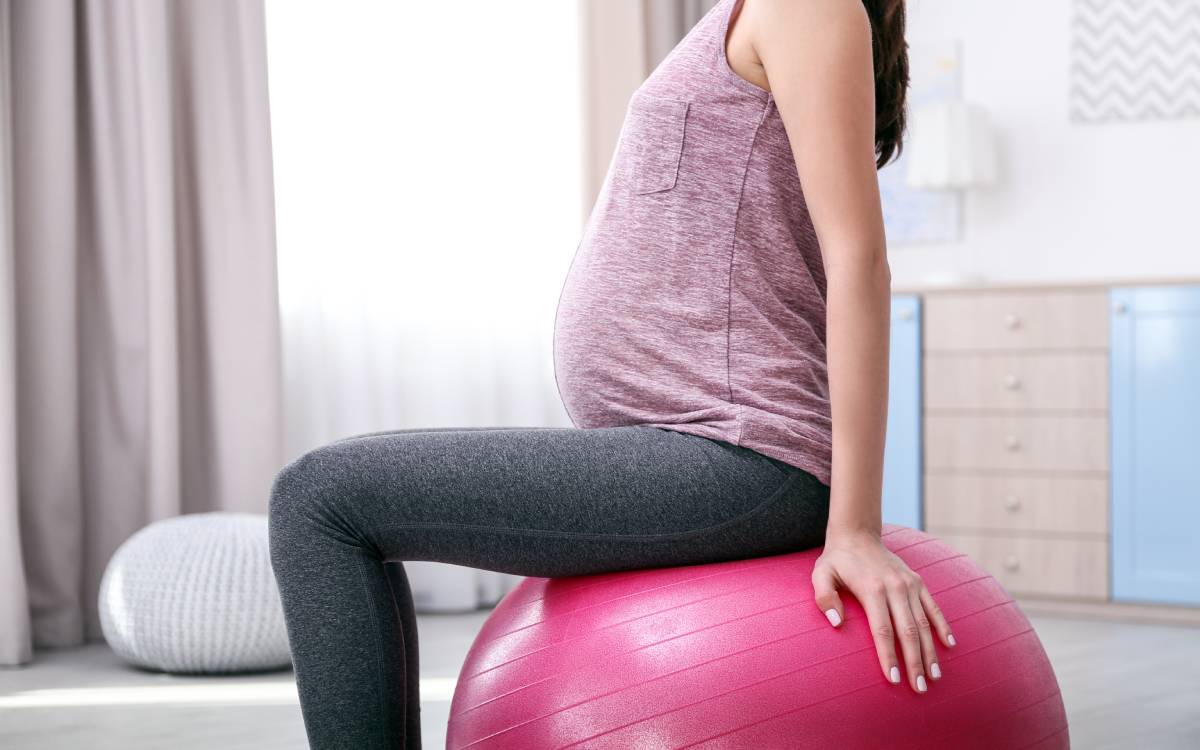As the morning sickness of the first trimester subsides and before the weightier days of the third trimester set in, the second trimester often emerges as the “golden period” of pregnancy for many expecting mothers. Energized and with a growing baby bump, it’s an exciting time of transformation. Alongside these changes, staying active can offer significant benefits. Here’s what you need to know about exercising during the second trimester.
There are many benefits of exercising during pregnancy. Regular physical activity can boost energy levels and actually combats the fatigue often associated with pregnancy. Exercise stimulates the release of endorphins, the body’s natural mood elevators. Engaging in specific exercises can alleviate common pregnancy discomforts like backache. Maintaining muscle tone and strength can help support the extra weight of pregnancy and prepare the body for the physical demands of labor. A balanced exercise routine can help manage weight gain within a healthy range during pregnancy. Exercise can also aid in preventing varicose veins and reduce swelling.
There are many safe exercise options for expecting mothers. A simple yet effective cardiovascular workout is walking. It is gentle on the joints and can be easily incorporated into daily routines. Another low-impact exercise option is swimming. Being in water provides a buoyancy that relieves the stress on joints and ligaments. Swimming also provides a full-body workout, making it an excellent choice for pregnant individuals. Prenatal yoga is specifically tailored for expecting mothers and can improve flexibility, strength, and balance, while also teaching breathing techniques beneficial during labor. An indoor stationary bike can provide a good cardiovascular workout without the jolts or risk of falling. Pilates can strengthen the core and back muscles, which can be particularly beneficial as the belly grows. Weight training with light weights and focusing on higher repetitions can help maintain muscle tone during pregnancy.
Remember to stay hydrated while exercising. Increased blood volume during pregnancy means the body requires more fluids. Drink water before, during, and after exercise. Proper warming up and cooling down are essential to prepare the muscles for activity and reduce muscle soreness. Avoid overexertion. The body produces the hormone relaxin during pregnancy, which loosens joints and ligaments. Overstretching or overexerting can lead to injuries. Always listen to your body. After the first trimester, avoid exercises that require lying flat on the back as this can restrict blood flow to the uterus. Remember to stay cool. Overheating is easier during pregnancy and can be harmful. Choose comfortable attire, exercise in a ventilated space, and avoid high-temperature environments like saunas or hot yoga.
While many expecting mothers can safely exercise during the second trimester, it’s crucial to discuss any exercise regimen with an OBGYN, especially if there are any medical concerns or complications. Stop exercising and consult a doctor if any unusual symptoms occur, such as dizziness, shortness of breath, chest pain, headache, muscle weakness, calf pain or swelling, vaginal bleeding, or decreased fetal movement.
Further Reading:
March of Dimes: https://www.marchofdimes.org/find-support/topics/pregnancy/exercise-during-pregnancy
The Bump: https://www.thebump.com/a/pregnancy-workouts-by-trimester
